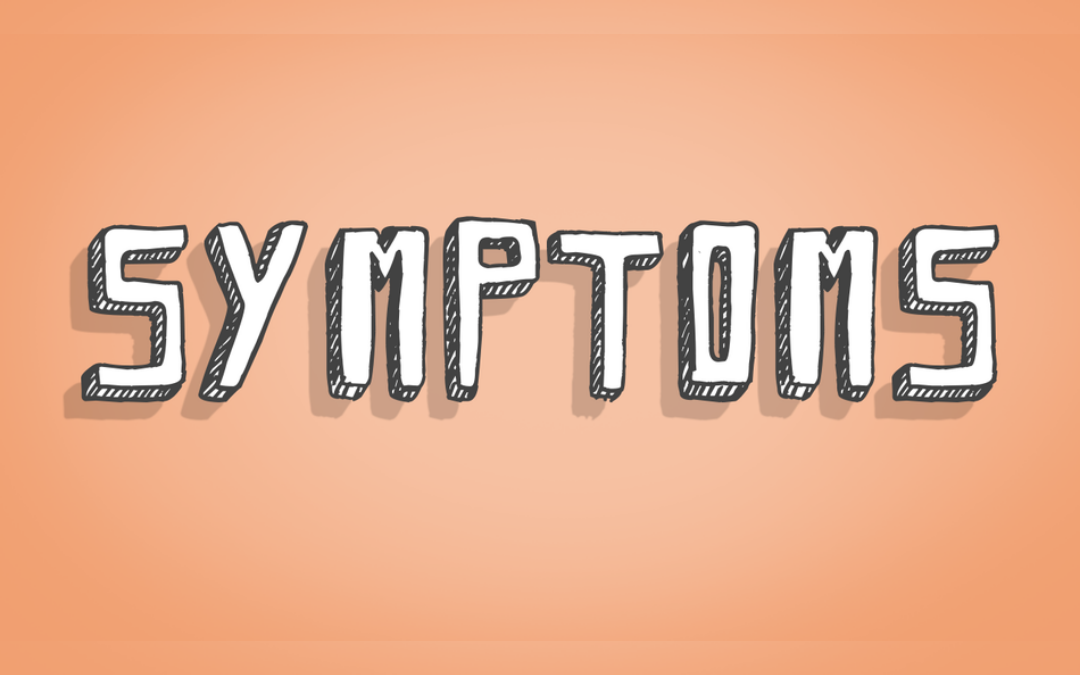
by Matt Harding | Apr 22, 2020 | Chiropractic |
Is health measured by how we feel? There has never been a better time to be thankful for good health. With so much uncertainty around the COVID 19 pandemic I wanted to help answer this question. The World Health Organisation predicts that between 5-80% of people infected with COVID-19 have no symptoms at all. Yet many people suffer a high temperature, a persistent cough and fatigue, and sometimes worse. Why is this? Are symptoms a sign of good or bad health? Let’s look at back pain as an example, back pain is the leading cause of disability worldwide. Although it can be very unpleasant and distressing, initially it is there to protect us. The pain is a signal from the brain telling our body to avoid doing anything that may cause further damage. If we didn’t feel it, we wouldn’t know when to stop and let our body repair itself. What about when you are fighting a cold or a virus? A high temperature and cough may make you feel terrible but we know that these are ways our immune system is cleansing our bodies and fighting off the virus! Without these mechanisms we would be in big trouble. Symptoms are a healthy response to your body responding to an injury or threat from infection The definition of health according to most medical textbooks is a ‘state of physical, mental and social wellbeing without merely the absence of disease or infirmity’. In laymen’s terms – health is more than just not being unwell, health is thriving in all of the aspects of your life. Our body’s have the ability...
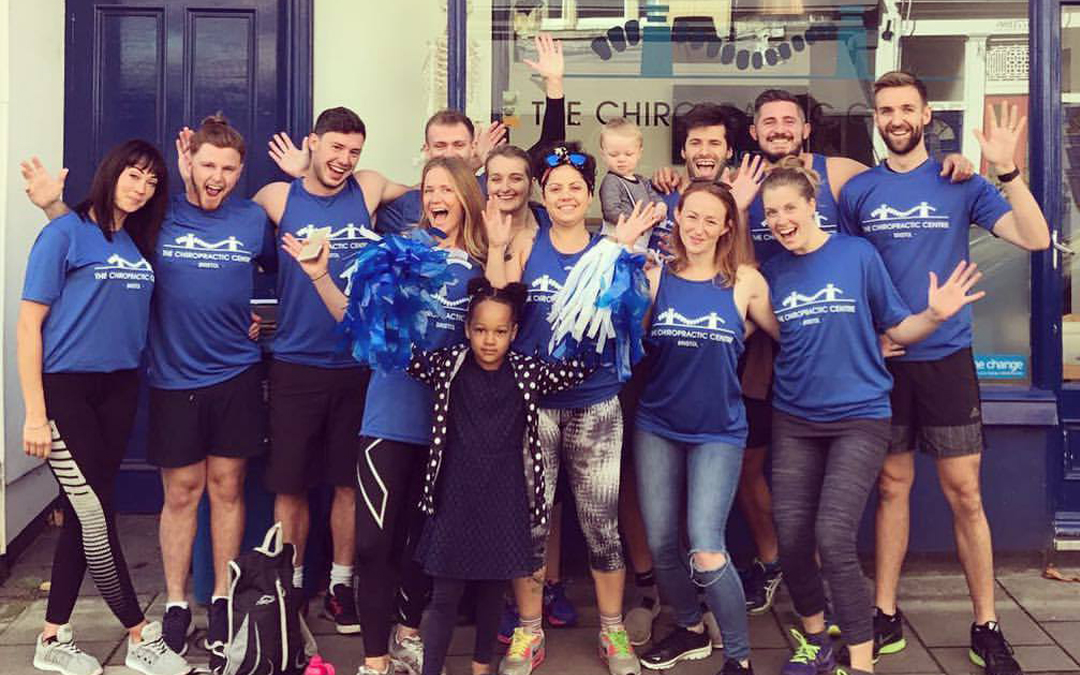
by Charles Herbert | Aug 24, 2017 | Chiropractic |
The Chiropractic Centre: Bristol does Tough Mudder On Saturday 19th August 2017 The Chiropractic Centre: Bristol team ran the South West Tough Mudder. We completed the 10+ mile course and 21 obstacles in under 4 hours. Despite being dunked in frozen water, being thrown over high walls and electrocuted we finished with smiles on our faces (also a few tears in our eyes and multiple bruises). Overall we laughed the way round and worked as a team to complete the course. We could be more proud of what we have achieved together and here is a video to celebrate what we did. Watch out though as a few of us have got the Tough Mudder bug and might get you to join us next year! Comment below if you’ve run Tough Mudder before and your experiences. Also if you are training for any event such as Tough Mudder the Chiropractic is a vital part of injury prevention and recovery, making sure you get round as quickly as possible in the best health. To book an appointment with one of our Chiropractors or sports massage therapists call us on 0117 9741...
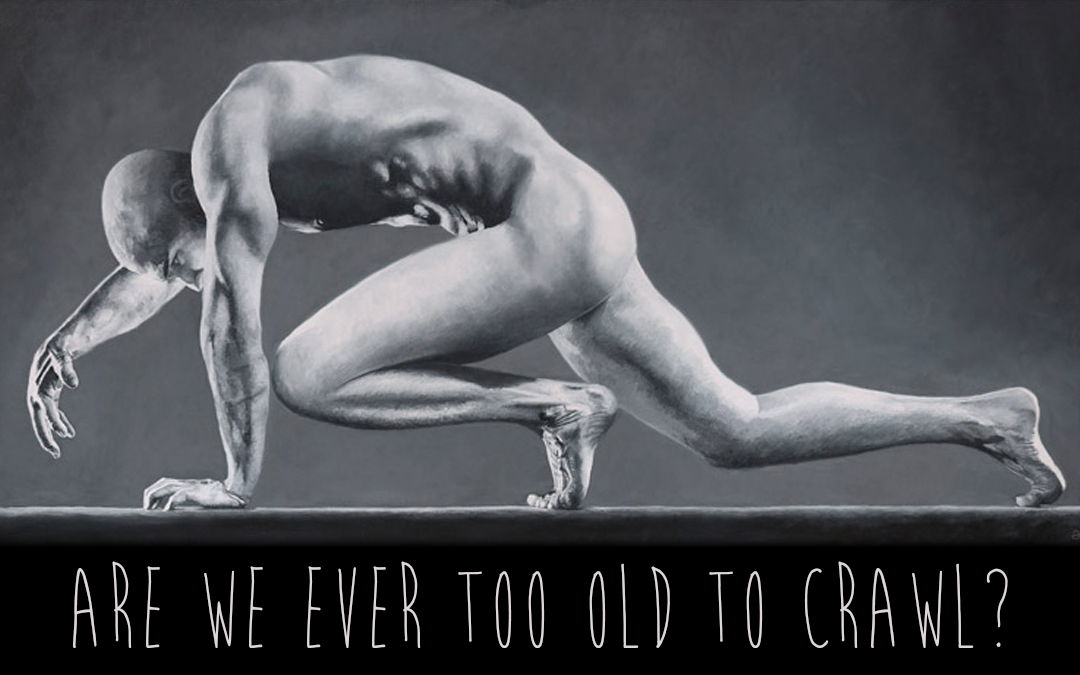
by Helena Read | Aug 10, 2016 | Wellness |
The Benefits of Crawling Are you ever too old to crawl? Let’s find out… My fascination with crawling began when my first-born began to roll, reach, stretch and find his own way towards movement on all fours and crawling. As a dancer and massage therapist I could scarce pull my eyes away from this miracle of movement unfolding in front of my eyes. The dynamic combination of determination, push and yield that I witnessed, running throughout his whole body, has fuelled my own exploration of crawling, and an ongoing inquiry to its wellbeing benefits. In this article I will share some of my passion for this simple and profoundly effective method for regaining original strength, as well as a little of the science. A baby’s determination to crawl is initiated by 4 billion years of human evolution coupled with profound curiosity. In the case of my son, this curiosity often took the form of our cat; though anything that lay in easy eyesight and just out of reach would do. This movement of reach is made possible by the dynamic force of push that comes from an opposite limb, often on the diagonal, sometimes on the same side of the body. The push and pull would start with the extremity of toes, fingers, elbows or knees gaining traction on the surface beneath them, and lead to a rocking movement that would gradually provide the momentum for progress towards the said attractive object. Integral to this push is a movement of yield, when the opposing muscles soften. This allows the spine to arch and become a spring of rocking movement,...
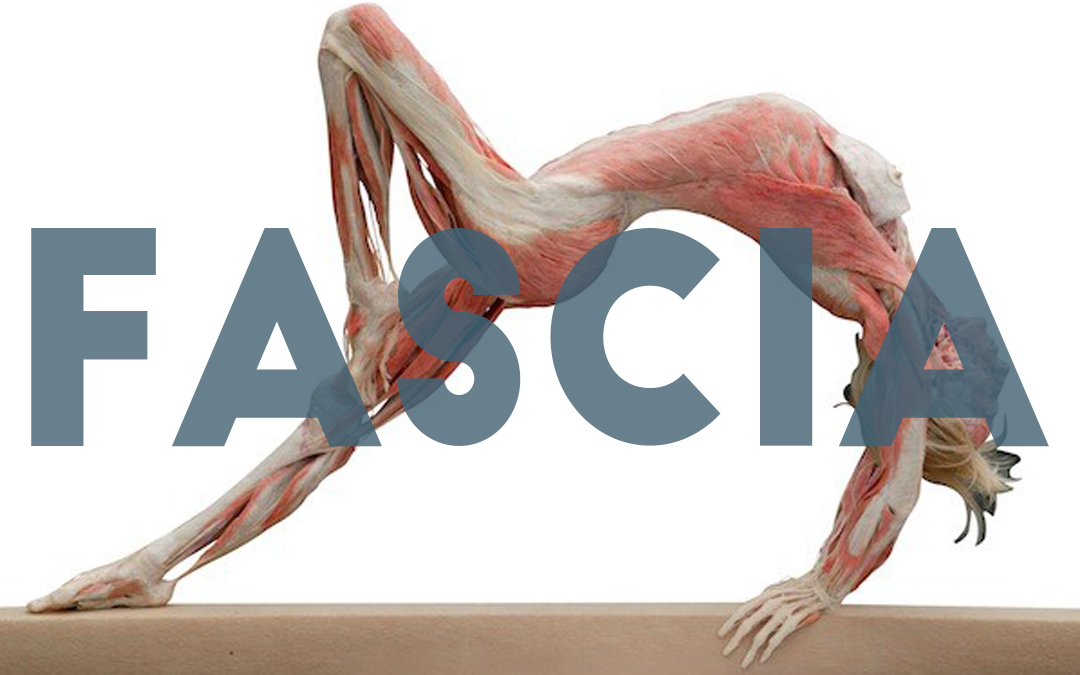
by Issey Cannon | May 12, 2016 | Massage |
Fascia and fascia massages You may have heard me speak of the fascia (myofascia) during a massage treatment. We are going to dive deep into this amazing, webbed world: What is fascia? The fascial network is a beautiful, crystal-like, three-dimensional, spider’s web structure that is ever-flowing and uninterrupted. It encompasses the entirety of the body, connecting our superficial skin layer to the deepest tissues within us. It connects our physicality to our physiology. It connects our toes to the top of our head. It is our connective tissue. It can be broken down into the superficial fascia, the deep fascia and the myofascia (‘myo’ is Latin for muscles and ‘Fascia’ for band). It is an elasto-collagenous matrix that is continuous and allows us to move and be kept in posture. It enables us to have a high degree of flexibility combined with being super, duper powerful and resilient to overstretching. It has a superb memory and we each have our own unique fascial fingerprint; memories and restrictions within the fascia can be stored from birth. It is our hydraulic shock absorber and enables the body to cope with load bearing, like gravity and mechanical stress. In its truest form, well hydrated and well looked after, it is fluid, dynamic to stress and powerful, allowing us to be in tip-top holistic health. What is fascia made of? The fascia is made up of a matrix of: Elastin – an elastic protein fibre that allows for stretching and contraction, it is what allows our skin to bounce back to its normal shape. It has a load-bearing role. Collagen – an inelastic...
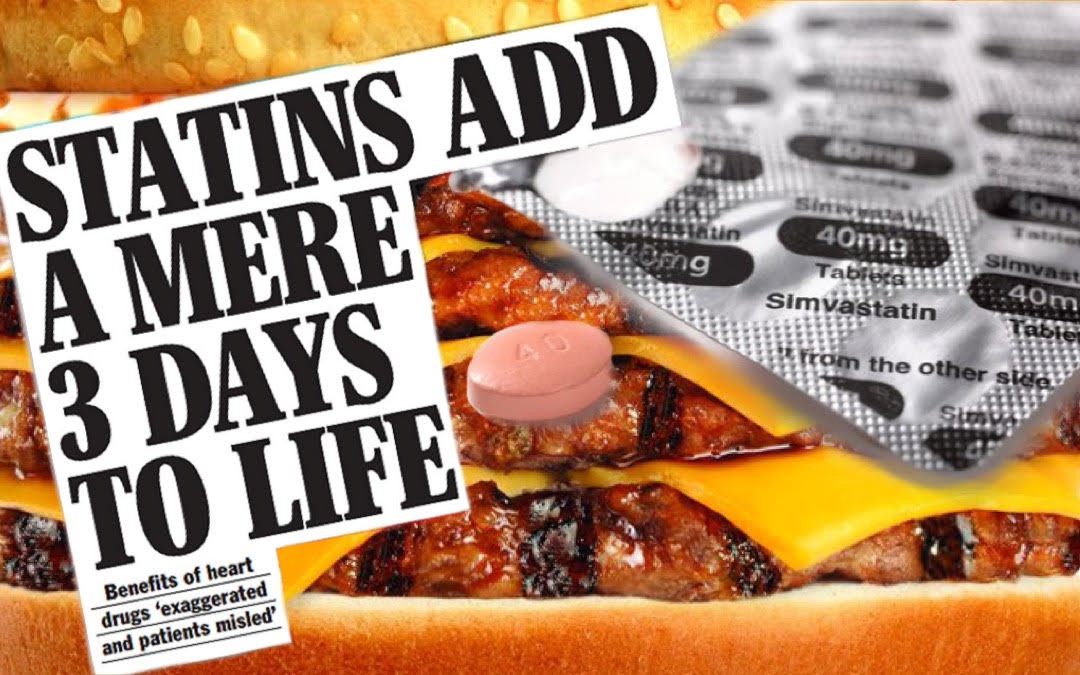
by Charles Herbert | Oct 23, 2015 | Wellness |
Should I be taking statins? We get asked a lot of questions about our opinion on medications that patients have been prescribed by doctors. The one medication we get asked most about are statins. The reason we get asked about these the most is that they stir up a lot of controversy and conflicting opinions. Most people have heard about or experienced side-effects and are recommended to take them as a precautionary measure rather than as a treatment. Around 12 million people over the UK routinely take statins. Current guidelines recommend a doctor prescribes statins for anyone with a 10% risk of heart disease within 10 years, and there have been pushes in the past for everyone over 50 to take statins, regardless of their health. So, with so many people taking statins and the medical profession pushing for more to join them, do the benefits out-weight the side-effects? Recent research has found that the benefit of taking statins only helps people live 3 days longer. How do statins work? Statins reduce the level of cholesterol in your blood. There are different types of cholesterol in your body, including “good cholesterol” (high-density lipoprotein) and “bad cholesterol” (low-density lipoprotein). Cholesterol is essential for your body, we need it for the health and structure of our cells among other benefits. High levels of cholesterol, especially “bad cholesterol”, is linked with thinning and blocking of arteries (atherosclerosis), which can cause heart attacks, strokes and coronary heart disease. The main effect of statins is to stop your liver for producing cholesterol, therefore reducing the levels of cholesterol in your blood. Your liver produces around 70% of the cholesterol in your body,...










